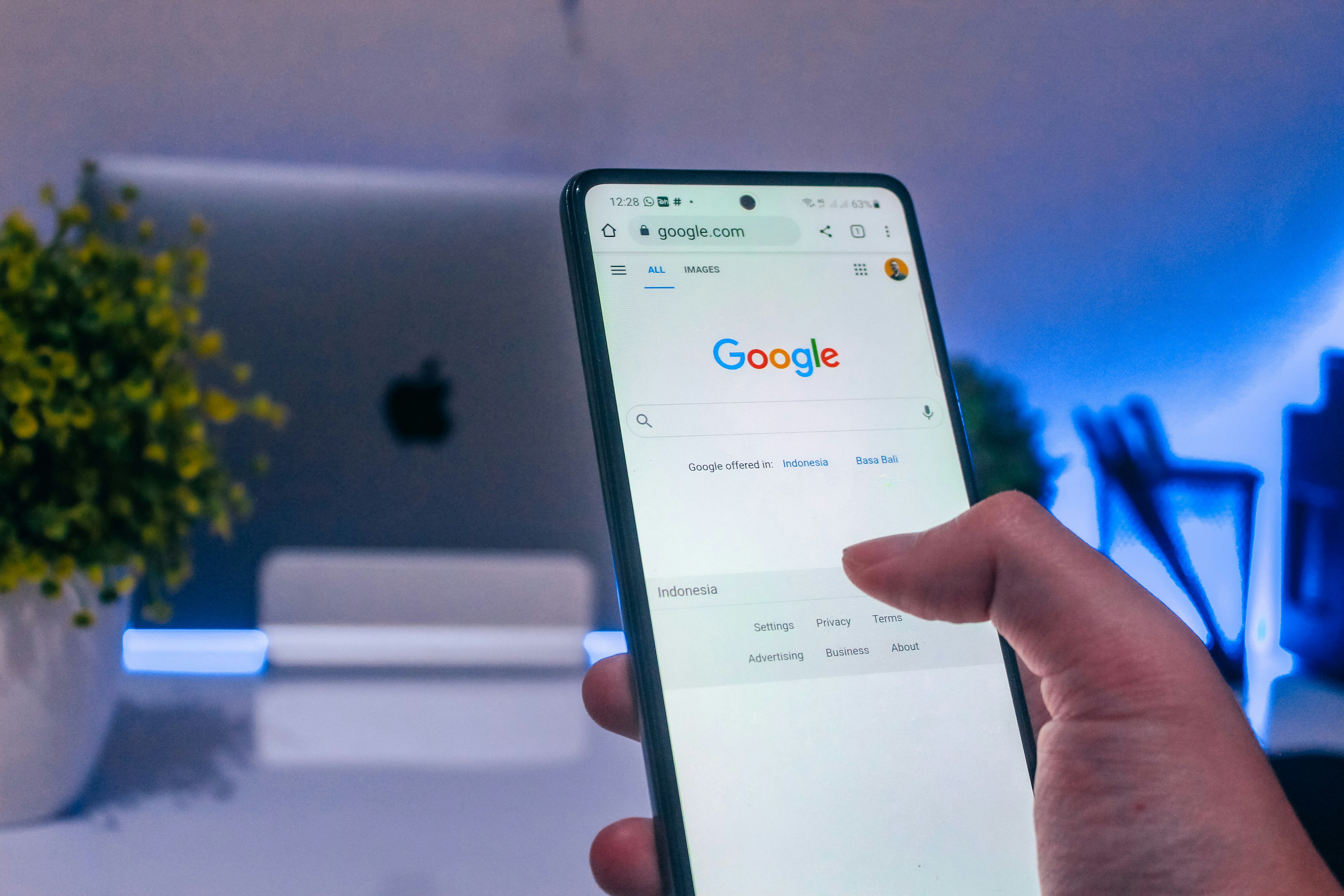Typed search has fuelled the rise of Google and the SEO industry, not to mention trillions in ecommerce sales, but is the keyboard’s search dominance under threat? With AI innovations expected to see a roll-out of chatbot, voice and image search on online marketplaces this year, 2024 could see a fundamental shift in how consumers find your products. Here’s what you need to know.
Chatbots
Ever since ChatGPT burst onto the scene, talk around the endless potential of AI-powered chatbots has been, well, endless. But with a year of behind-the-scenes innovation under their belts, 2024 looks to be the year that online marketplaces convert this talk into action.
Amazon recently unveiled the first version of its AI-powered shopping assistant, a ‘conversational’ AI chatbot designed to help consumers find the right products more easily (and ask product questions like: is this shirt made from a thick material?) As part of Project Nile,
Amazon’s aim is to create a virtual store assistant that knows individual customer preferences and can provide personalised advice in natural language during their shopping mission. Amazon are not the only ones: the likes of Zalando, Rakuten and Wayfair are all launching chatbots that will change how users search on their sites.
This is good news for brands as AI chatbots will:
- Get more eyes on your products. As chatbots enable buyers to ask questions without thinking about product keywords (i.e. find me summer wedding clothes), it will be easier for consumers to search for what they want.
- Attract more qualified browsers. With chatbots making personalised recommendations based on buying history, preferences, budget and customer’s behaviour on the platform, users that find your products are more likely to be suitable buyers.
- Minimise cart abandonment. Be it recognising hesitation, sending reminders, adding prompts or answering any last minute questions (i.e. popping up on the payment page saying ‘having second thoughts? Tell me what’s on your mind’), chatbots will help convert more customers and cut cart abandonment (which is currently 84% for mobiles and 72% for desktops).
However, to maximise these benefits, brands will need to get to grips with how each marketplace chatbot works (i.e. chatbots will use different language models and have varying capabilities) and adapt their listings accordingly.
Voice assistants
Why even visit the marketplace when you can just ask your smart speaker? In the UK, over 50% of households own a smart speaker with Amazon (64%) and Google (19%) products dominating the market. This year, marketplaces are expected to integrate (or improve) their voice search to make it easier for consumers to simply ask their smart speaker to make a purchase.
Imagine heavy rain is expected over the weekend: a customer could simply ask Alexa to order the highest-rated umbrella under £20 to their house. Or, while on the marketplace site, the customer could ask the chatbot vocally for product recommendations (i.e. what type of umbrella is best for heavy rain?)
The likes of Amazon, Walmart and Home Depot have already launched voice-activated assistants compatible with smart speakers, with more marketplaces likely to follow suit this year. Brands will need to adapt - i.e. adding long-tail keywords and more conversational language to listings - in order to take advantage of vocal shopping.
Image search
Seen a stranger in a cool jacket? Think your friend’s coffee table would work well in your sitting room? Want to find a cheaper version of a designer kettle? Taking a photo (or uploading an image) and using a visual image search is not new (homeware marketplace Wayfair launched visual product search back in 2017), but recent AI developments will make it easier for consumers to snap ‘n’ search across a wide range of marketplaces and find the exact or similar items online.
For example, fashion marketplace Poshmark launched Posh Lens in 2023, enabling consumers to find similar clothing items without even knowing the name of the brand, product or style. Be it searching images browsed on Instagram or uploaded directly from a buyers’ smartphone, image search will change how people look for items, so brands will need to ensure their photos are not only high-quality, but also have the right metadata and tags so they’re found by potential customers.
The end of typed search?
While chatbots, voice assistants and image search will provide more ways to look for products, not every consumer will embrace these changes overnight. Habits are hard to change (for example, 63% of people who don't buy products via mobile said it was because they were used to desktop purchases), but when they do, you need to be ready.
To get ahead of the game, get in touch with eManaged.






Blog Comments